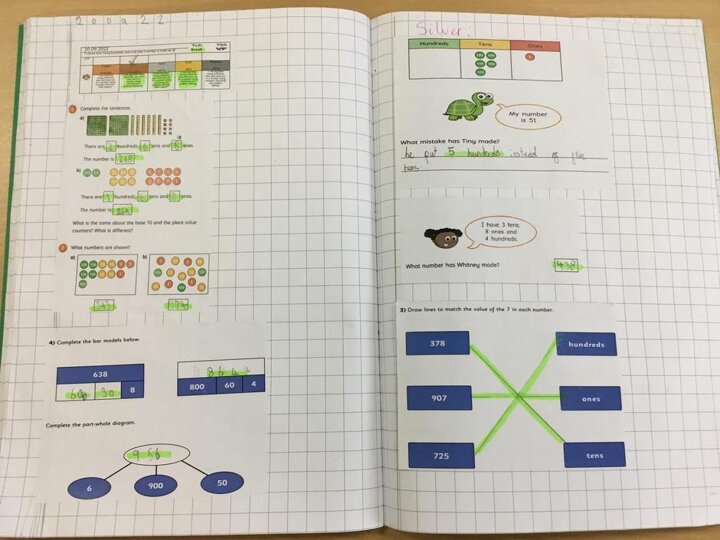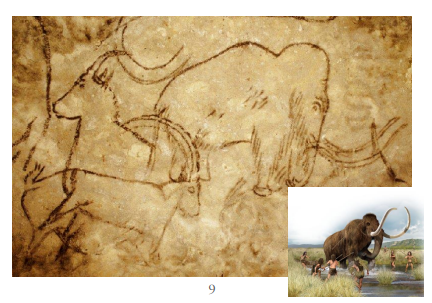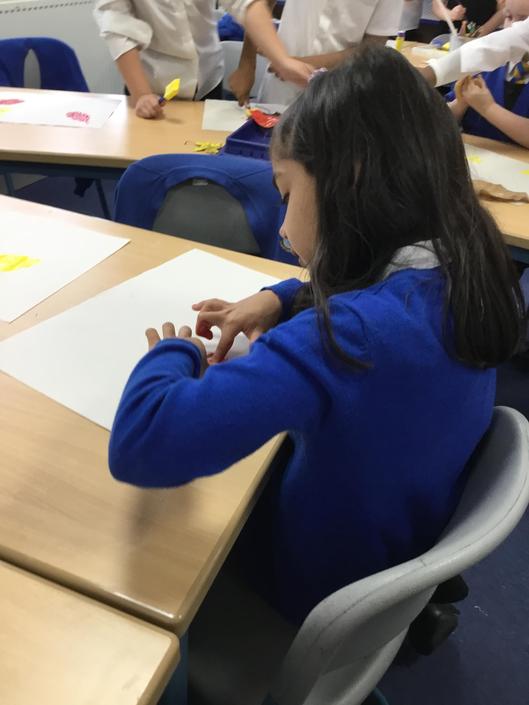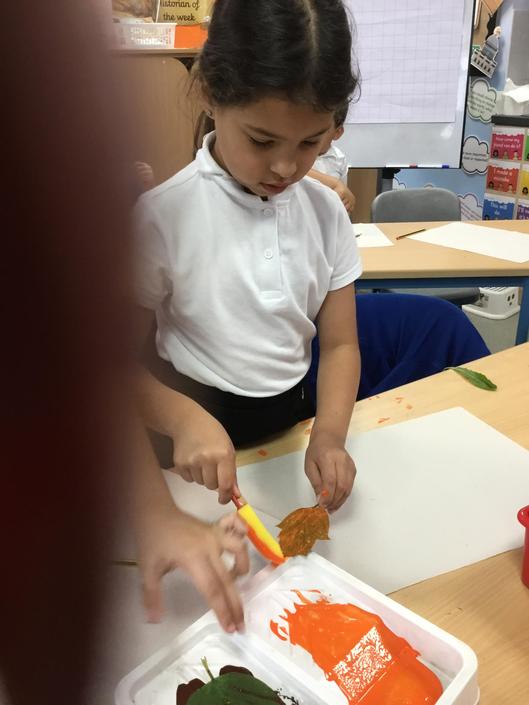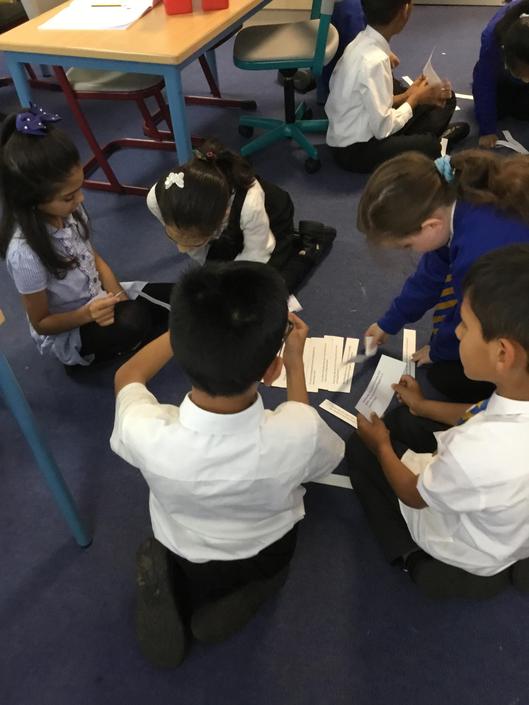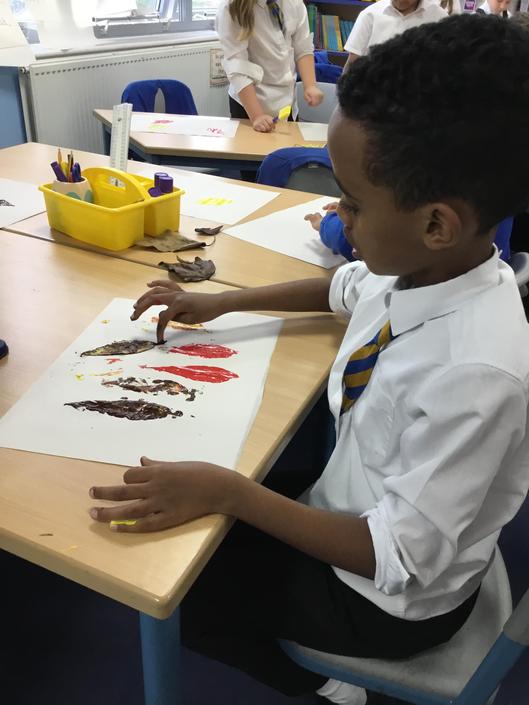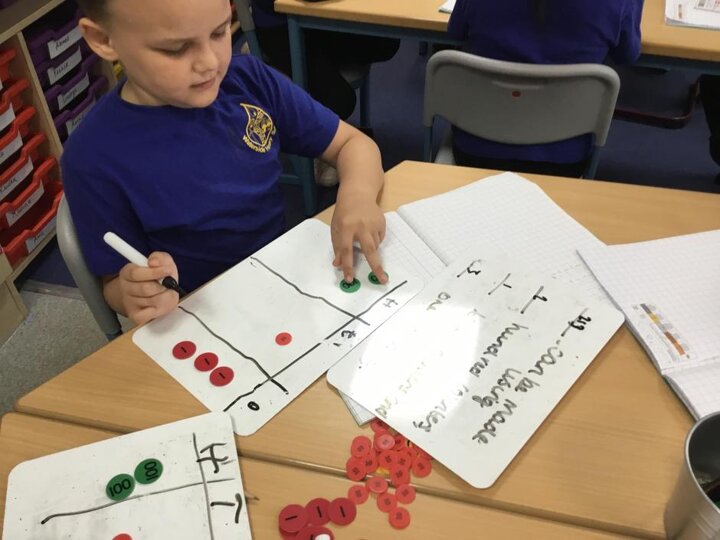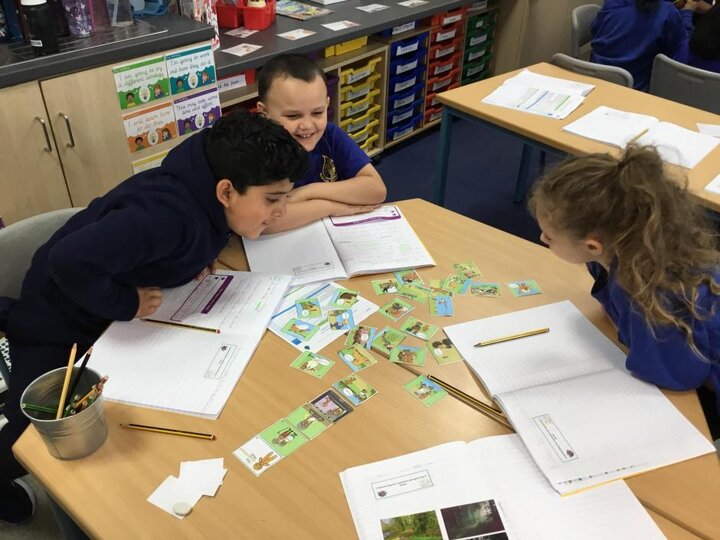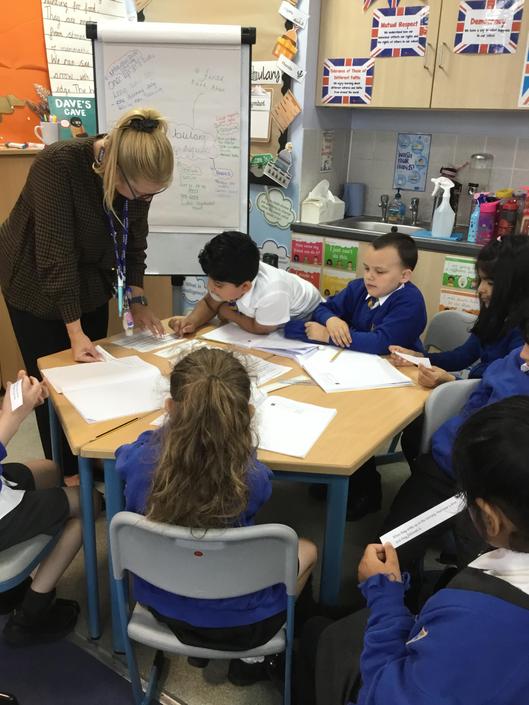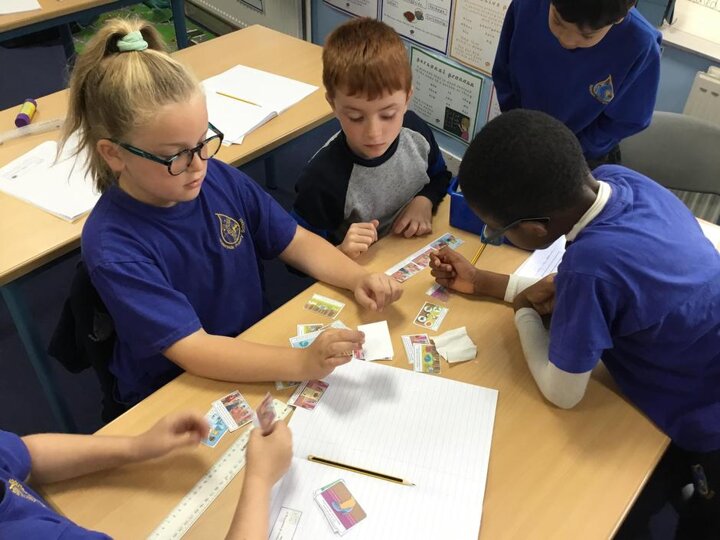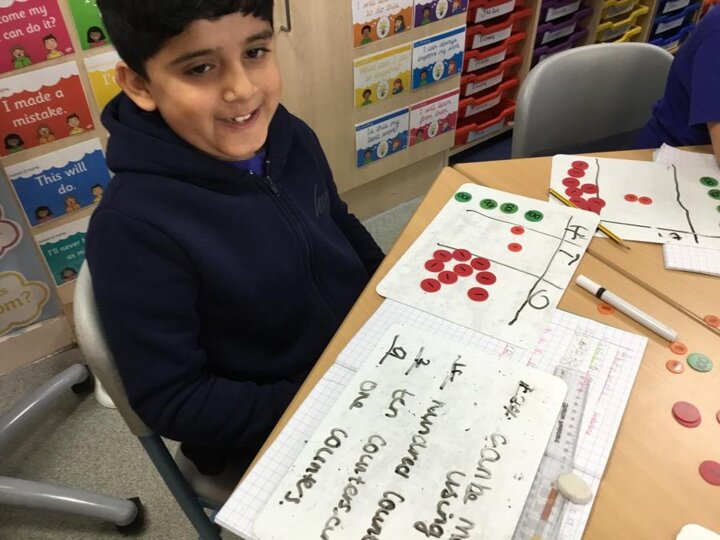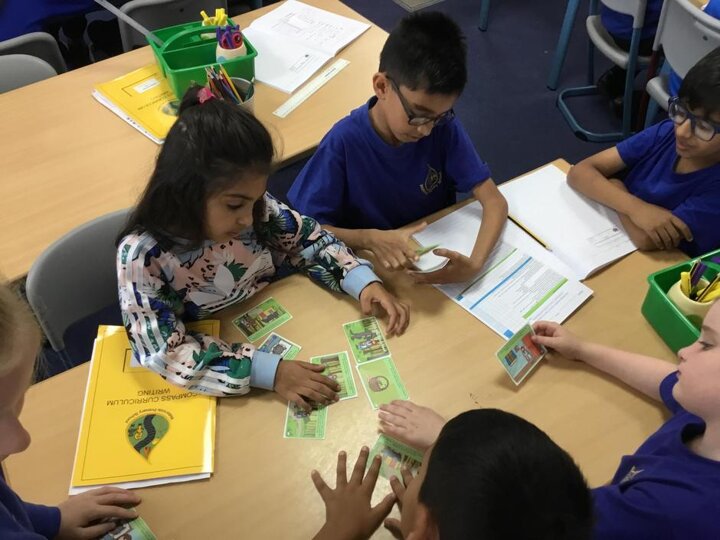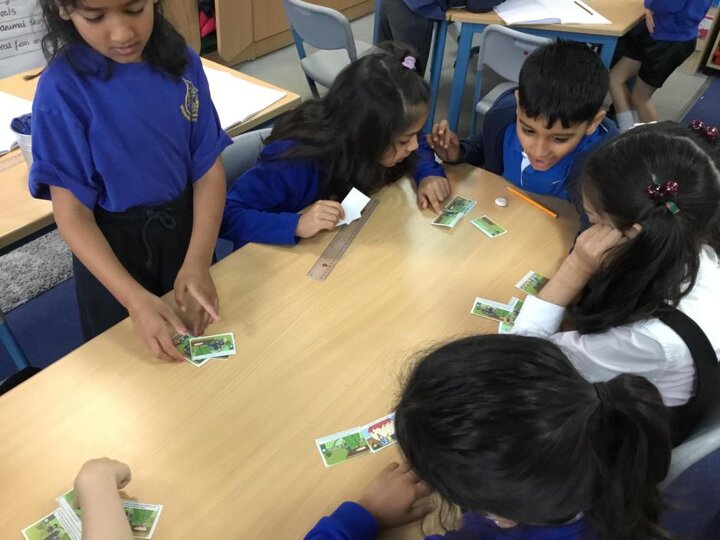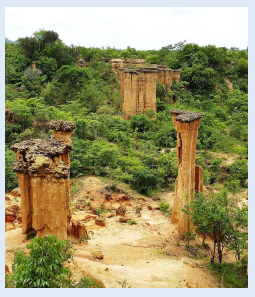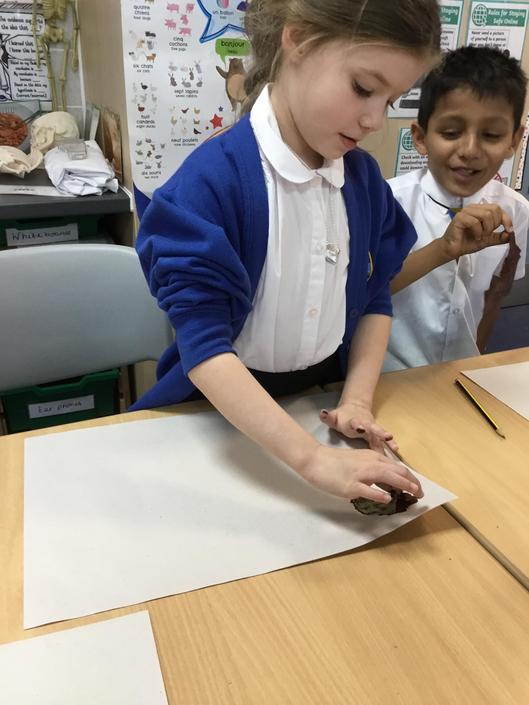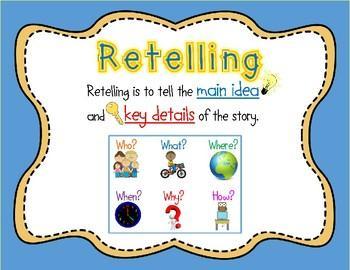
What a brilliant start to the week we have had in Turtles!
In English, we began the week by looking at the features of a story as next week we are retelling the story of Hansel and Gretel.
We identified many features that a story must include, including a beginning, a middle and an end. We even looked at some familiar story vocabulary such as "once upon a time" and "they all lived happily ever after."
Well done Turtles, you have super prior knowledge on features of a story!
Sequencing the story and retelling orally, in preparation for writing the story in order, next week.
The children worked together in groups to sequence the story of Hansel and Gretel. They used clues around sentence openers and time conjunctions in order to do this. They now understand the importance of this vocabulary in helping to move the story on.
This week in Maths, we have continued with our place value topic as we started the week learning all about how many hundreds, tens and ones a number is made up of. We used dienes and place value counters in a place value grid to show a number and this helped us to understand how many hundreds, tens and ones the number is made up of.
Look how awesome our work is!
This week the children have been furthering then knowledge about lines and shapes, and the way in which we can capture features and details of natural objects in paint. The children used a range of autumnal colours in order to print leaves. I don't know who got more paint on them, the leaves or their hands!!! However, the children had lots of fun gathering their leaves on their walk to school and then using them in their lesson to create their art work. Every child was able to print and note down the features they could see transferred to the paper, such as stem, outline, veins and the shape.
History
This week in history we looked at what we mean by 'pre-history' and 'pre-historic'. We all now have the knowledge that pre-history is the time before humans wrote things down, this means the time before words and written symbols formed a language. Instead we learnt that our nomadic ancestor draw things in caves, to show how they lived, during the Stone Age. We looked at cave paintings and looked at and learnt about a Stone Age village called Isimila in Tanzania, which was discovered along time along, with lots of axes and carved pillars and cave paintings, which showed how these African ancestors lived, back in the Stone Age.

